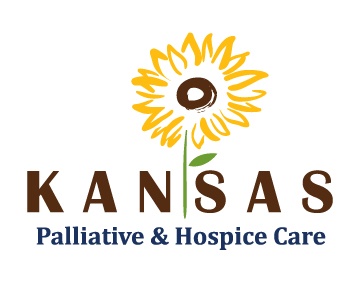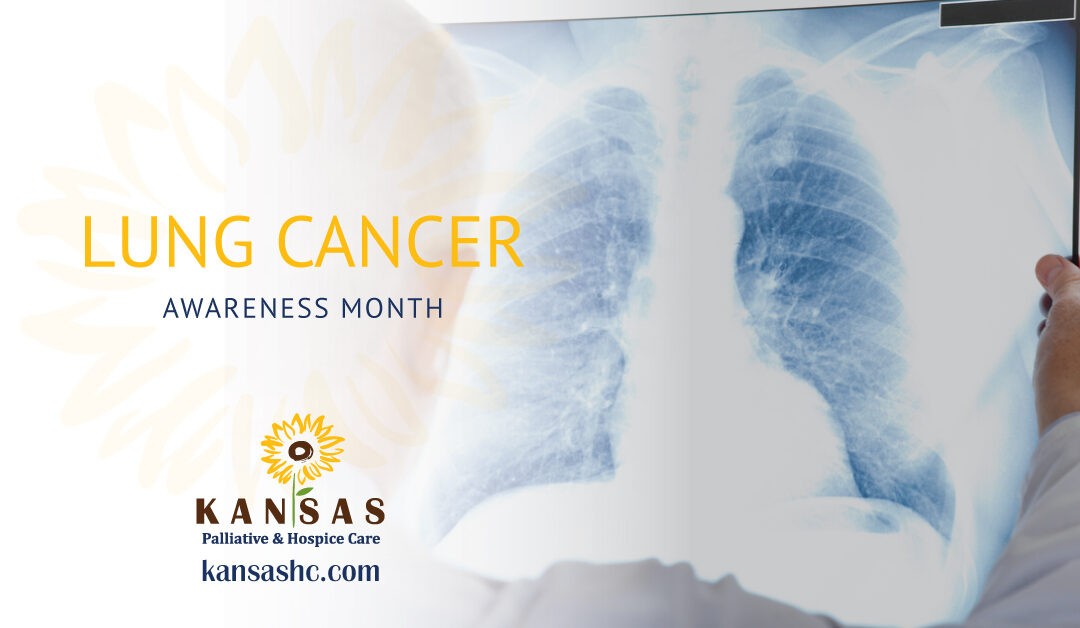November is Lung Cancer Awareness Month, which raises awareness about the importance of lung health and encourages people to take steps toward improving their own. This year’s Lung Cancer Awareness Month focuses on educating about lung cancer risks, how to recognize symptoms, and what treatments are available.
In 2022, the American Lung Association’s initiative, LUNG FORCE, “unites women, men, and caregivers across the country to stand together against lung cancer. Through education, advocacy and research, we work to ensure fewer people are diagnosed and those living with lung cancer live longer.”
Lung cancer is the second most common cancer diagnosis for women and men and the leading cause of cancer death in the U.S. According to the American Lung Association, more than 16 million people are living with chronic obstructive pulmonary disease (COPD), and one in five deaths among adults are due to respiratory illnesses. Symptoms include coughing, wheezing, or shortness of breath.
Did you know that your lungs are the only organ in your body that touch the outside world? As a result, they are constantly exposed to pollution, germs, and other elements that can make them sick. And when they get sick, it affects everything else in their body.
Your lungs are also one of the first places disease sets up shop in your body. If you have lung cancer or emphysema, it’s often hard to diagnose because symptoms like coughing or shortness of breath aren’t always apparent until the later stages of the disease. That means many people die from lung disease before realizing something is wrong.
We’ve rounded up some facts about lung cancer that may surprise you:
- Lung cancer is the leading cause of cancer-related deaths in women and men. It’s also one of the most common types of cancer diagnosed in both genders.
- While smoking is the most common risk factor for lung cancer, it isn’t the only one. Other risk factors include secondhand smoke, radon gas, and asbestos exposure.
- Some symptoms associated with lung cancer include coughing up blood or mucus, chest pain when breathing deeply or coughing, hoarseness or trouble swallowing, shortness of breath or wheezing, and unexplained weight loss.
- Treatments for lung cancer can include surgery, chemotherapy, radiation therapy, and targeted therapy (like immunotherapy).
In addition to its prevalence, lung cancer is particularly insidious because many factors can contribute to its development. The most common risk factors include:
- Smoking cigarettes and exposure to secondhand smoke
- Exposure to radon gas; family history
- Exposure to asbestos
- Occupational exposure
The symptoms of lung cancer may vary depending on the type of lung cancer being diagnosed. Some symptoms include:
- Coughing up blood or mucus
- Chest pain when breathing deeply or coughing
- Hoarseness
- Fatigue or shortness of breath
- Weight loss for no apparent reason
- Fever with cough or shortness of breath
- Altered taste or smell
- Headaches or vision changes (including blurring)
There are many treatments available for lung cancer patients, including:
- Surgery
- Chemotherapy
- Radiation therapy
- Immunotherapy
There are many things you can do to help keep your lungs healthy and strong, like eating well, not smoking, and getting exercise. But if you have asthma or any other respiratory condition, there’s one thing you should never do: ignore it. If you feel something is wrong with your lungs or chest area, talk to your doctor immediately so they can help identify what’s going on and treat it as soon as possible.
Lung Awareness Month is also a time to remember those who have lost their battle with lung disease and to celebrate those fighting for their lives. If you or someone you love is dealing with lung cancer, you know how difficult it can be to manage the symptoms of this disease. But many options are available to help make your life easier, including hospice and palliative care.
Hospice care is an option for people diagnosed with a terminal illness and provides support during their final days. Palliative care is an option for everyone, especially those at risk of developing a serious illness in the near future.
Both hospice care and palliative care have been shown to improve quality of life by reducing pain, stress, and anxiety while increasing satisfaction with life. In addition, they both provide emotional support to patients’ families as well. Studies have shown that people who receive hospice and/or palliative care live longer than those who don’t receive it because they experience fewer complications and hospital stays due to treatment-related side effects.
At Kansas Palliative & Hospice Care, we’re committed to providing hospice and palliative care for our patients and their families. We’re here when you need us—and we’re always available if you want to chat about how you or a loved one is doing. Feel free to reach out to us for more information.


